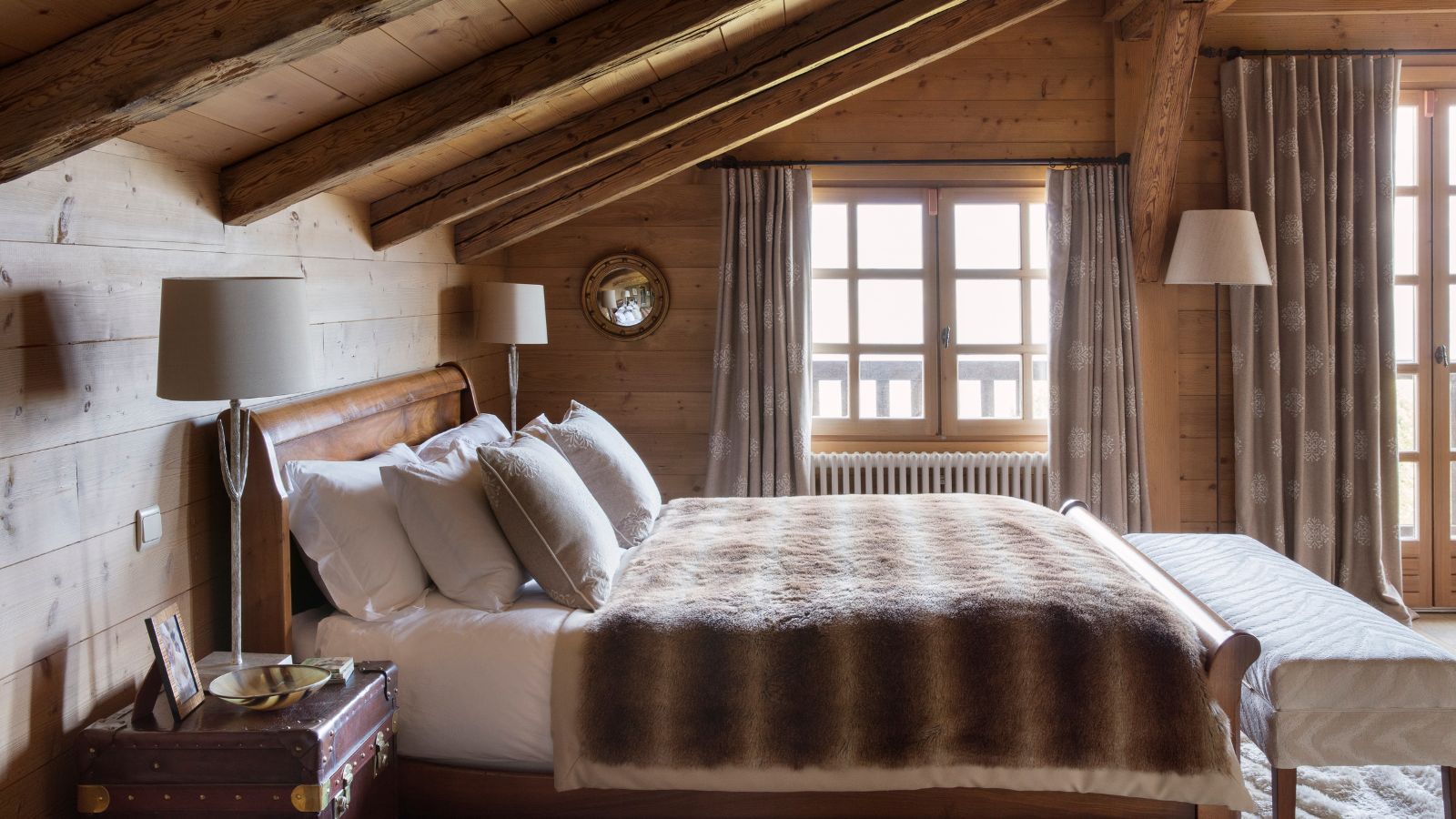
We've all heard the saying 'heat rises,' but have you ever thought about how the hot air trapped in your attic could be adding to hellish conditions in the house during a heatwave?
As our HVAC experts explain, leaky or open attic doors could be allowing warm air into your space, forcing your air conditioner to work harder, driving up your energy bills, and reducing the lifespan of your cooling system.
Here, they share their tips on how to target this issue, to keep a home cool in a heatwave.
Why you should be sealing your attic doors
As Josh Mitchell, HVAC technician and founder of Air Conditioner Lab, explains, many people overlook the attic door when trying to counter any reasons your home feels hot and handle extreme heat at home, but often it's a weak point through which heat can enter the house.
'Attics can reach temperatures of 120 to 140 degrees Fahrenheit in the summer, and if the door or hatch isn’t sealed well, that heat can move into the living space,' he explains. 'This forces your air conditioner to work harder, raising energy use and reducing the system’s lifespan.
'Sealing or covering the attic door helps because it blocks the hot air trapped in the attic from radiating down and mixing with the cooler air in your home.
'Even small gaps around a pull-down ladder or hatch can allow hot air to move into the hallway or upper-level rooms. Sealing those gaps and insulating the door can stop that from happening.'
Lisa Purvins, CFO and vice president of Pro-Tech Heating and Cooling, adds that this can also help to cut energy bills, and make it easier to maintain a consistent indoor temperature, too.
How to seal your attic doors
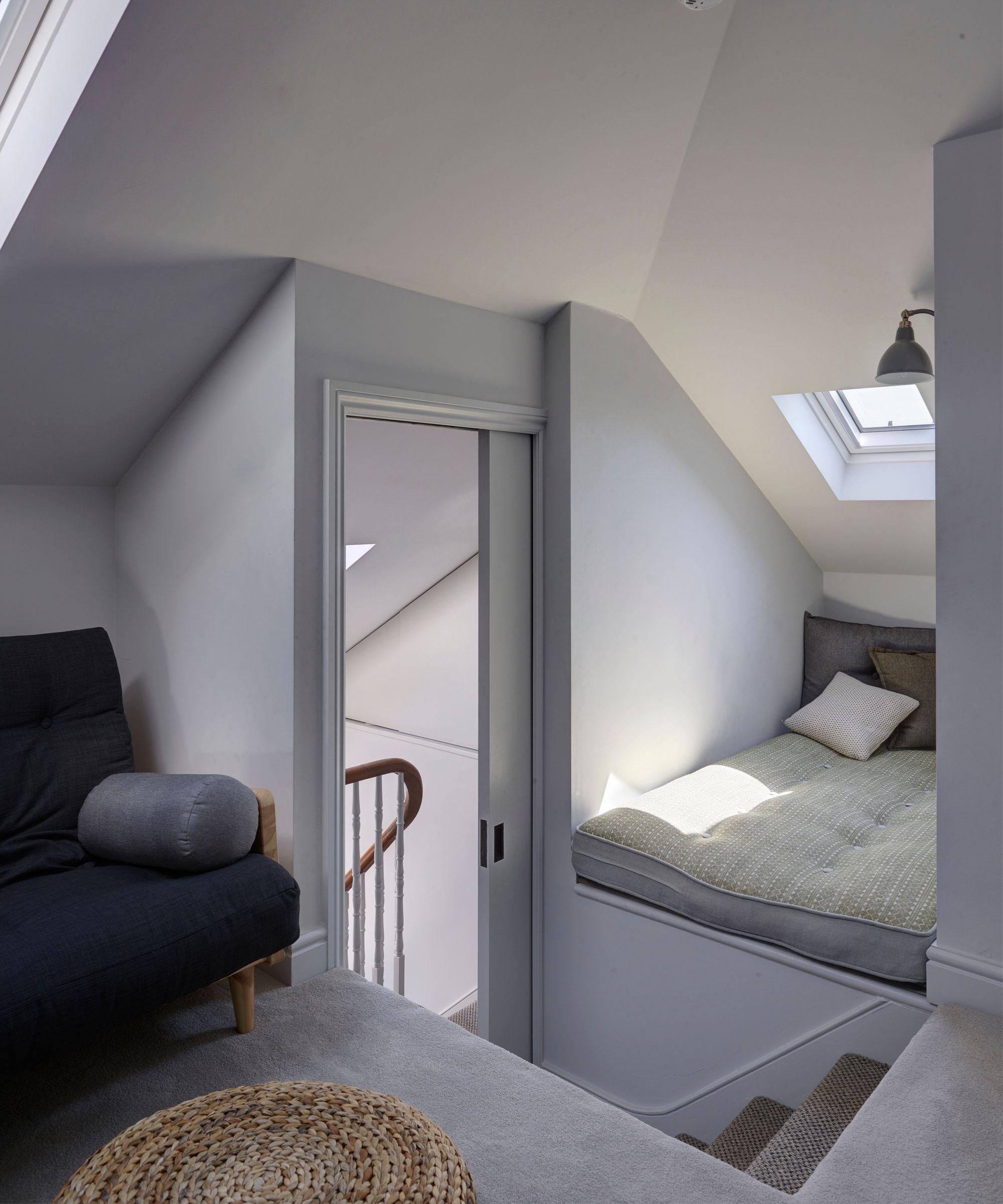
First things first, check for air leaks around the edges of your attic door or stairs. 'If you feel warm air coming through or see light from the other side, there's leakage,' says Josh.
Then, there are several ways you can seal up any gaps and keep upstairs cool in summer:
- Install weatherstripping: Michael Zoroudi, founder of Pyramid Eco, advises, 'Start by sealing any gaps around the attic hatch with weather stripping [such as the Transparent Weather Sealing Tape available at Amazon] or adhesive-backed foam tape. This creates a tight seal and blocks warm air from sneaking in around the edges.'
- Use an attic tent: 'In homes with pull-down attic stairs, you can also use an attic tent or zippered cover to keep that hot air out,' says Chuck Woosley, general manager of The Bee. 'It’s a small fix that can significantly improve your energy efficiency.' We recommend the Attic Door Insulation Cover available at Amazon for this.
- Try foam board: 'Make sure the materials are rated for attic temperatures, meaning they can withstand the high heat, often 120°F to 150°F or more, without warping, melting, or losing their insulating properties,' advises Josh. 'They should also stay firm over time and not sag or collapse.'
- Seal gaps with caulk or spray foam: Any remaining cracks around the trim or framing should be filled with caulk such as the DAP Alex Plus Caulk available at Walmart. 'Even small ones can leak air,' adds Josh.
Once you've sealed any air gaps, Jon Gilbertsen, president and CEO at Chris Heating & Cooling, recommends standing under the door mid-afternoon. 'If you feel warmth, you've got more sealing to do,' he explains, and this home remedy to stay cool won't be working effectively.
And, while you're working on the attic door, don't overlook the rest of the attic, says Josh, particularly your types of attic insulation.
'Proper attic insulation acts like a thermal barrier, reducing how much heat enters the house in summer and escapes in winter,' he explains. The Department of Energy recommends at least R-38 insulation in attics, which is equivalent to approximately 10 to 14 inches of fiberglass or cellulose in most homes.
'If you have older insulation that's matted down, uneven, or less than 6 inches thick, adding more can improve performance. Even adding radiant barriers to the roof deck can reflect heat before it enters the attic space.'
What to shop
All prices were correct at the time of publication.
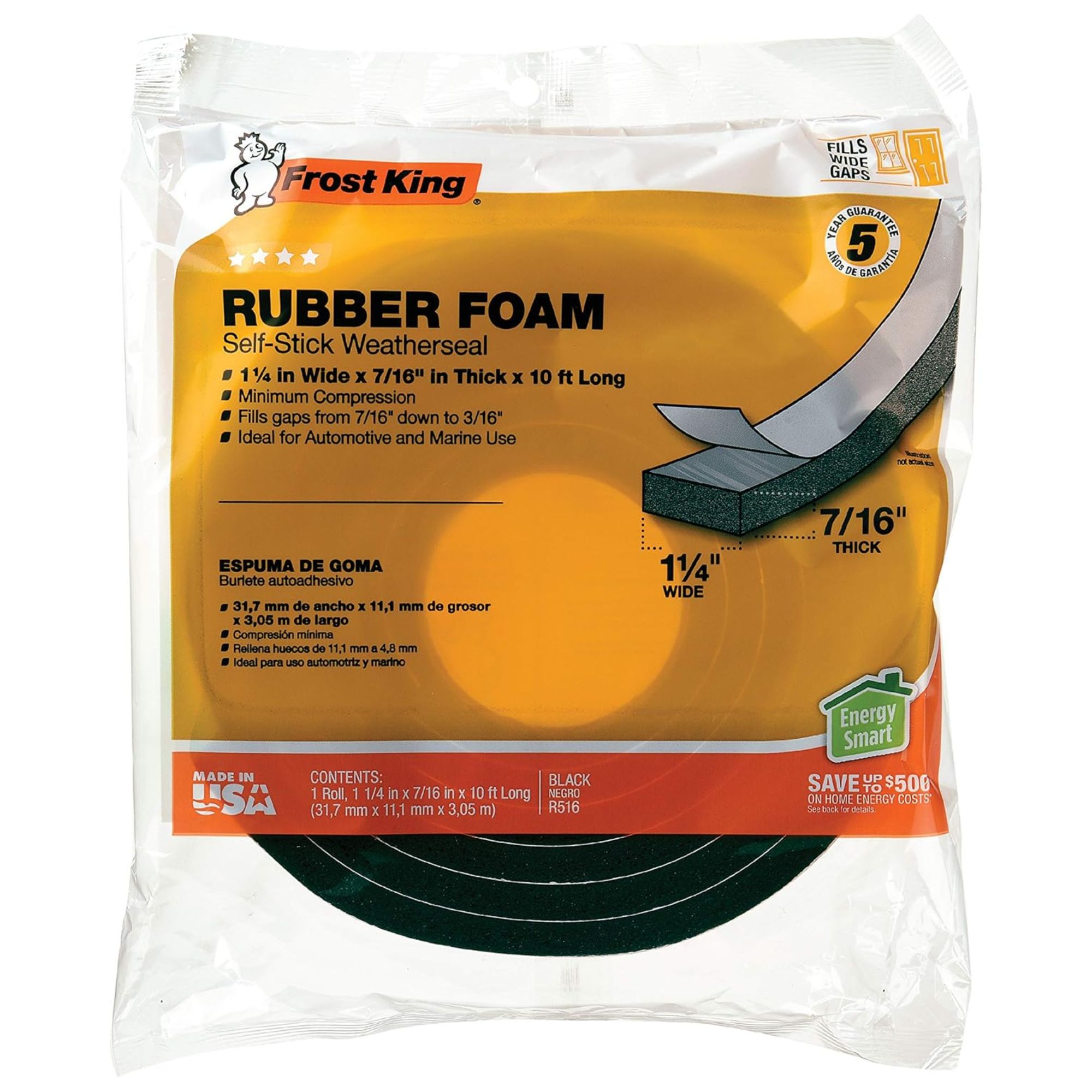
This simple and easy to use weatherstripping is extra tough and durable, for a reliable seal around doors and windows which won't unstick in the heat or cold.
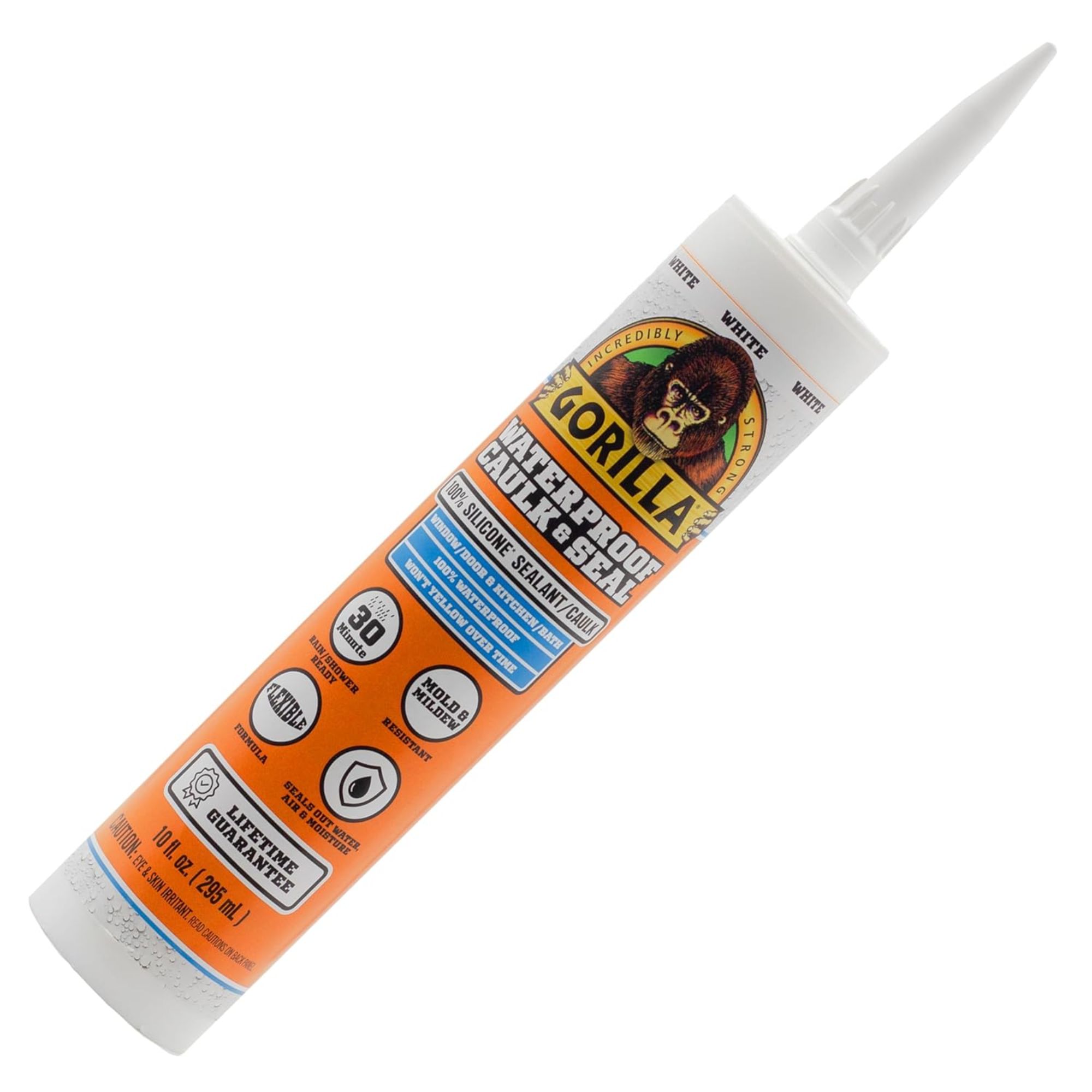
This ultra-strong caulk works both indoors and outside, sealing out air, moisture, and water with 100% silicone when cured.
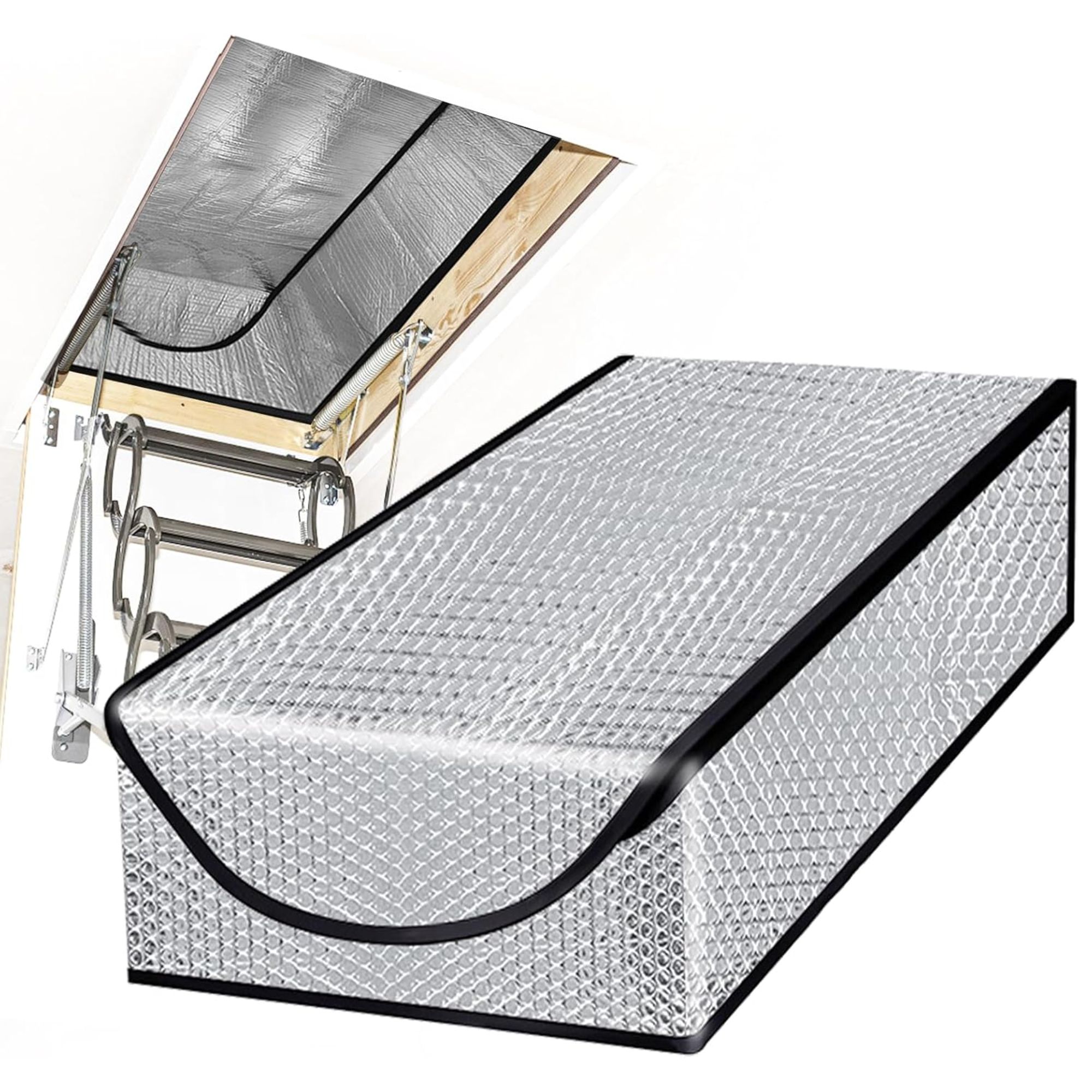
Constructed of two layers of aluminium and air bubbles, this attic tent effectively blocks heat transmission, reflects 97% of radiant heat, and provides an R-Value of 14.5.
Meet our experts
'If your attic access is located in a hallway or room you frequently use, insulating the door can lower the temperature in that area,' says Josh. 'It's a simple fix that can help reduce hot spots in the house and lower your AC runtime.'
Another trick that's super effective at keeping your space cool is the 'caveman cooling method,' inspired by our ancestors over two million years ago.







